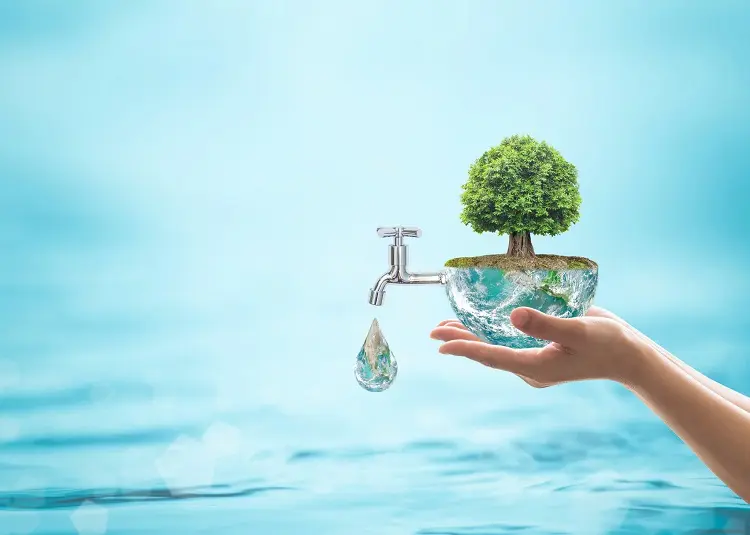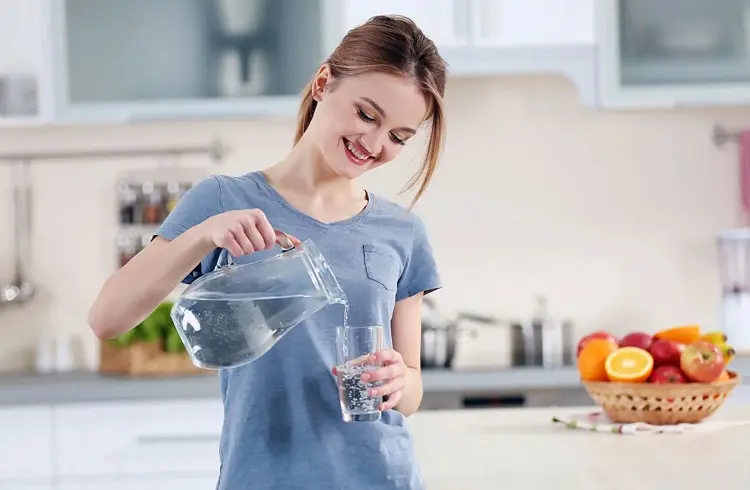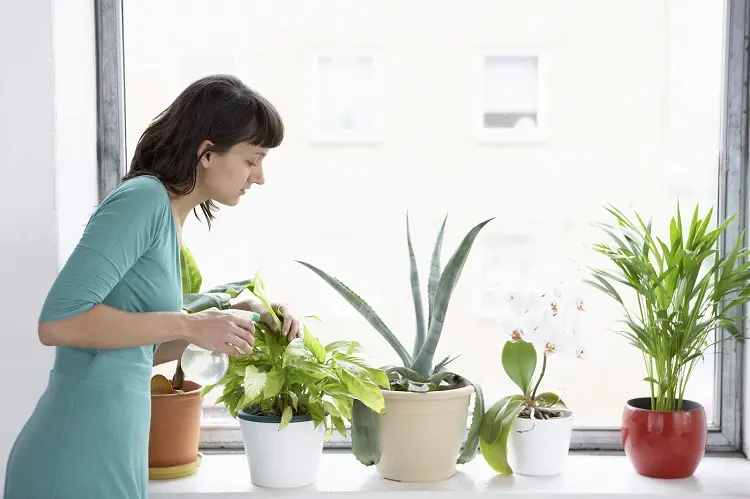If there is one thing we cannot live without it is water. People like me can’t live without mineral water. I know that water has no taste, but I can definitely tell the difference between water from the tap and mineral water from a bottle. It’s especially important to look at the labels of the water we drink every day because some of them contain a lot of fluoride, which is not good for our health. But is it worth spending so much money on water when we have it at home? How can we purify water at home? Does flooding affect the water we drink? Keep on reading to find out!
Purify water at home: Why is it essential?
You can go for thirty days without eating and be shot by a bullet without dying. How long can you go without water, though? You only have 72 hours left to live. We also need to drink a certain amount of water. Even though half a liter a day would keep us alive, there is a great chance that we would also experience negative side effects like headaches, nausea, and rapid heartbeat and respiration. The good news is that water can be found practically anywhere. Water covers 71% of the earth’s surface, including rivers, lakes, and seas. On the other hand, presently nearly none of these sources are safe to drink directly from. Almost all water sources are contaminated by large-scale agriculture, pollution, and the degradation of aquatic habitats. How to purify it at home and make sure there are no bacteria that will harm us? Let’s find out!
How to purify water at home?
The simplest, most popular, and least secure method of water filtration is to boil it. Boiling water for five to ten minutes will kill the majority of bacteria, however some bacteria may adapt to high temperatures and endure them momentarily. You can also use water purifiers or something like Brita water filters to purify the water from the sink and make it suitable for drinking.
Filtration through a piece of cloth
If you have to filter rain water or foggy and soiled water, filter it through a clean cloth, wash it, and then repeat the process as necessary until the water is crystal clear. For eliminating bigger particles like sand, dirt, and to a lesser extent grime, cloth filtration works effectively. Bacteria and parasites are not eliminated by this form of filtration.
Distillation
This is the only method of purification that may safely produce drinking water from saline. You need a sizable pot with a 12 to 15 liter capacity, as well as a bowl that can withstand heat. Put the bowl to float in the saucepan after filling it halfway with water. The bowl shouldn’t make contact with the saucepan’s bottom. To avoid the two pots coming into touch, it is wise to place a wooden or metal rack underneath it. Place ice into the pot and replace the top. Depending on how the procedure goes, you might need to add more ice. The chilly lid’s function is to cause liquefaction when it touches the hot liquid.
Water purification tablets
Similar to pool water filtration systems, water purification tablets function in a similar manner. The pills’ chemicals will kill anything harmful to our bodies if you drop one or two in the water and wait at least 30 minutes.
UV purification
Sunlight and a clear water bottle are all you need. Pour the water into a clear bottle, filter it through a piece of cloth, and then expose it to direct sunshine. Make sure the bottle is empty of air. Wait for at least 12 hours. The sun’s ultraviolet rays are expected to destroy germs and other aquatic creatures. This method of purification is not very safe because it is impossible to predict when all the germs will die.
Is flood water contaminated?
If a flood happened near you, water may not be safe for drinking, cooking or cleaning. Water can get contaminated with microorganisms during and after flooding, including bacteria, sewage, heating oil, industrial or agricultural waste, chemicals, and other things that can result in life-threatening sickness. In flooded locations, those who have personal drinking water wells should presume their water is tainted. It is best to always purify it before using it for anything. You can also check some ways that will help you reduce water pollution.
Should we purify water for our plants?
Of course, most people use tap water to water their plants. If you water them straight away, there is a good chance that the water will be filled up with chemicals like chlorine, for example. Other disadvantage will be the magnesium and calcium. Yes, plants need them, but when they are constantly added to the pot, after 1–2 months the soil becomes saturated. Alkalinization is harmful because it interferes with the absorption of nutrients and the plants start to suffer from potassium, phosphorus, iron, manganese, zinc and copper deficiencies, and fertilization does not help much. The best way to make sure that your plants will live longer is if you give them clean water. You can do so by purifying it and then water them.




